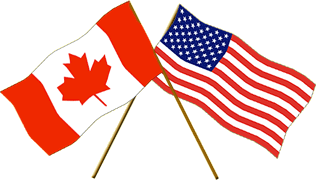So, I still have some evidence of CCSVI... and I'm wondering what that means and what I should do now. Looks like my best source of info (for now) still might be TiMS, though they are supposed to send the images to Barrie, so I might eventually get some answers from Dr. McDonald, as well.FINDINGS: On the right, the right internal jugular vein valve was visualized and appeared to be normal. The cross-sectional area of the internal jugular vein was 1.79 cm/squared in the supine position and 0.10 cm/squared in the upright position. Flow was present in the internal jugular vein, both in the supine and in the upright positions. There was no evidence of reflux in the vertebral vein, both in the supine and in the upright positions. However, there was evidence of reflux in the internal jugular vein in the upright position but no evidence of reflux in the supine position.
On the left, the left internal jugular vein valve was visualized and appeared to be normal. The cross-sectional area of the internal jugular vein valve at the level of the mid-thyroid was 1.02 cm/squared in the supine position and 1.11 cm/squared in the upright positions. Flow was present in the internal jugular vein, both in the supine and in the upright positions. There was evidence of reflux in the internal jugular vein in the supine and in the upright-positions; however, the vertebral vein was competent both in the supine and in the upright positions.
IMPRESSION:
1. On the right, one out of four criteria met for chronic cerebral spinal venous insufficiency.
2. On the left, two out of four criteria met for chronic cerebral spinal venous insufficiency.
...Ted

